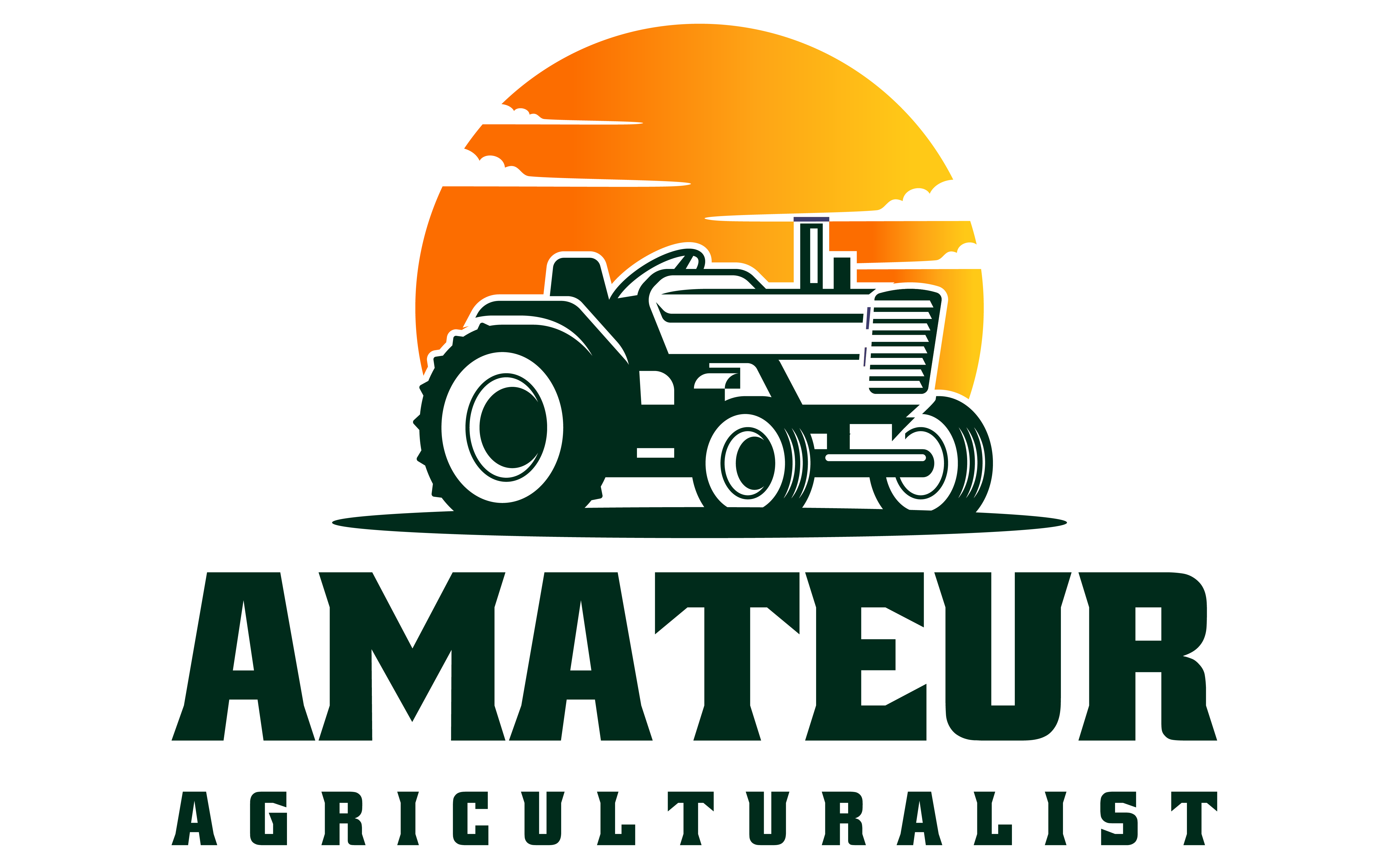Setting up a homestead in Florida can be a dream come true, with its year-round warm climate and fertile land. However, it’s essential to weigh the pros and cons before diving in. This blog post explores the advantages and disadvantages of owning a small homestead property in Florida, ranging from 5 to 15 acres, and offers practical usage plans to maximize your investment.
Pros of a Florida Homestead
- Favorable Climate:
- Pro: Florida’s warm climate allows for year-round gardening and farming. You can grow a wide variety of crops, including tropical fruits like oranges, avocados, and mangos.
- Con: The hot and humid weather can be challenging for some crops and livestock, requiring careful planning and management.
- Rich Soil:
- Pro: Many areas in Florida have fertile soil, ideal for growing a diverse range of plants and vegetables.
- Con: Certain regions may have sandy soil, requiring soil amendments and proper irrigation to ensure crop success.
- Water Availability:
- Pro: Florida has abundant rainfall and groundwater resources, which can be beneficial for irrigation and livestock.
- Con: Excessive rainfall and potential flooding can pose challenges, necessitating proper drainage systems.
- Biodiversity:
- Pro: Florida’s diverse ecosystems support a wide range of plants and animals, making it an excellent place for sustainable farming and permaculture.
- Con: The presence of pests and invasive species may require additional pest management efforts.
- Community and Markets:
- Pro: Florida has a strong agricultural community with farmers’ markets, co-ops, and agritourism opportunities, providing ample avenues to sell your produce.
- Con: Competition in some markets may be intense, requiring high-quality produce and effective marketing strategies.
Cons of a Florida Homestead
- Hurricanes and Extreme Weather:
- Florida is prone to hurricanes and tropical storms, which can cause significant damage to crops, livestock, and infrastructure.
- Regulatory Challenges:
- Navigating state and local regulations, including zoning laws and water usage restrictions, can be complex and time-consuming.
- Wildlife Encounters:
- Florida’s wildlife, including alligators, snakes, and feral hogs, can pose threats to crops and livestock.
- High Humidity:
- The high humidity levels can be uncomfortable and may contribute to mold and mildew issues in storage and living areas.
Suggested Usage Plans for a 5 to 15 Acre Florida Homestead
- Crop Cultivation:
- Plan: Dedicate 2-5 acres to growing a mix of high-value crops such as vegetables, herbs, and tropical fruits. Implement crop rotation and permaculture principles to enhance soil fertility and biodiversity.
- Benefits: Provides a steady income stream through direct sales to local markets and farm-to-table restaurants.
- Livestock Rearing:
- Plan: Allocate 3-7 acres for raising small livestock like chickens, goats, and pigs. Ensure proper shelter, grazing areas, and rotational grazing practices to maintain soil health.
- Benefits: Produces eggs, meat, and dairy products for personal use and local sales.
- Agroforestry:
- Plan: Integrate trees and shrubs with crops and livestock on 2-4 acres. Plant fruit and nut trees, and use them as windbreaks and shade providers.
- Benefits: Enhances biodiversity, improves soil health, and provides additional sources of income from fruits, nuts, and timber.
- Sustainable Practices:
- Plan: Implement rainwater harvesting, solar power, and composting systems across the property. Use cover crops and natural pest control methods.
- Benefits: Reduces utility costs, conserves resources, and promotes environmental sustainability.
- Educational and Recreational Activities:
- Plan: Set aside 1-2 acres for agritourism activities like farm tours, workshops, and pick-your-own events. Create recreational spaces such as gardens, trails, and picnic areas.
- Benefits: Generates additional income, fosters community engagement, and provides educational opportunities.
Conclusion
Owning a small homestead property in Florida offers numerous advantages, from a favorable climate to rich biodiversity. However, potential challenges such as extreme weather and regulatory hurdles require careful consideration. By adopting sustainable practices and diverse usage plans, you can create a thriving and resilient homestead that meets your personal and financial goals.
